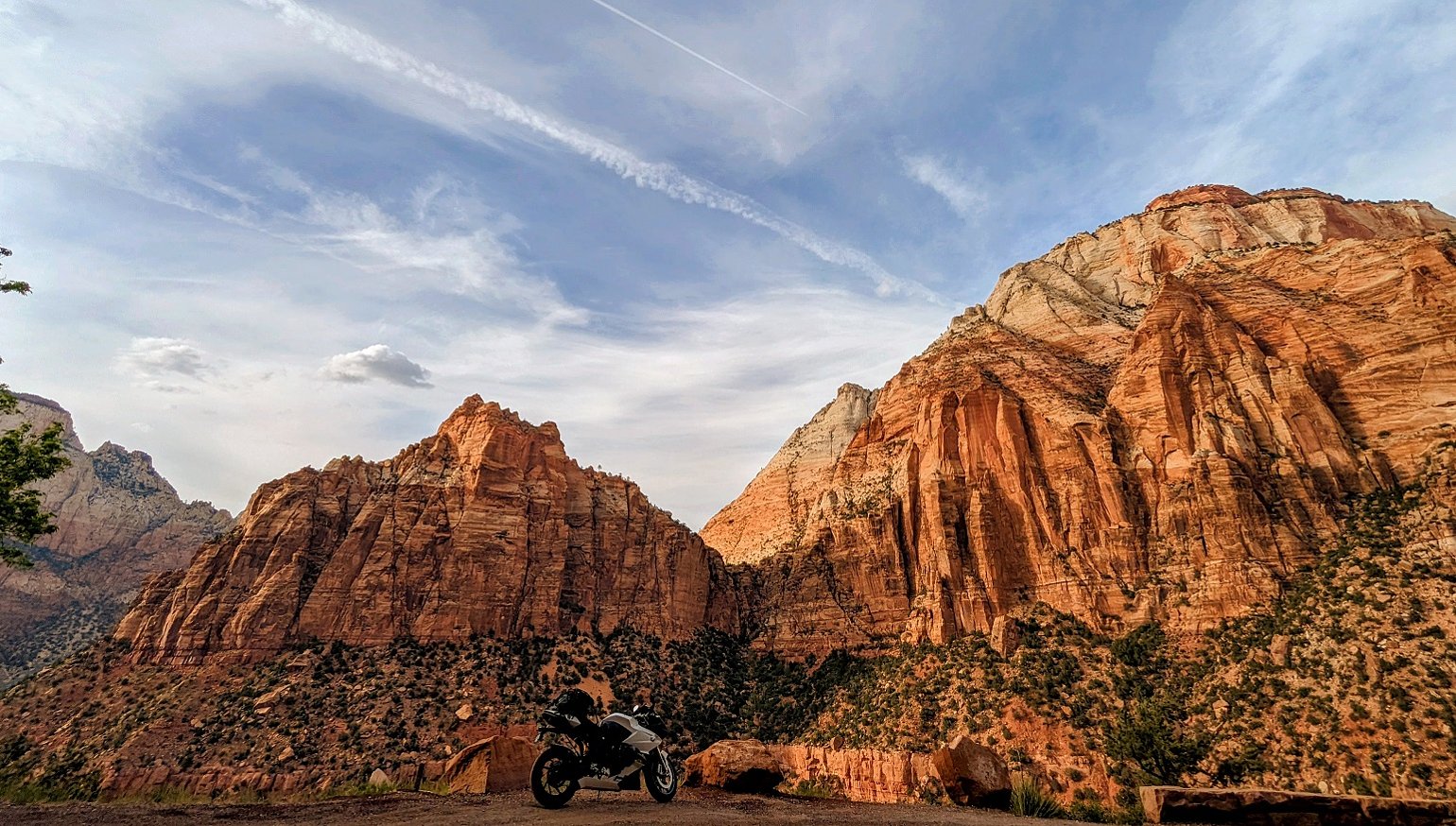As I wheeled the bike out of the temperature-controlled, carpeted garage bay that had been its home for most of its 15 years on earth, into the pitch black night of the Michigan backcountry, the drifting sleet threatened to turn to snow. The now-previous owner watched apprehensively as I awkwardly swung my leg over for the first time, nearly tripping on my MacGyvered luggage boondoggle, and asked me one last time: "You going to be alright?"
As he looked at the dirty, wintry sludge already accumulating on the pristine carbon fiber, which had never before known the kiss of inclement conditions, I realized that he wasn't really asking after my health and well being.
I quipped that he could follow me with a buffing cloth for the 3,700-mile journey ahead. He seemed to consider it momentarily, and then I wobbled off into the dark with my turn signal flashing because I couldn't find the cancel button.
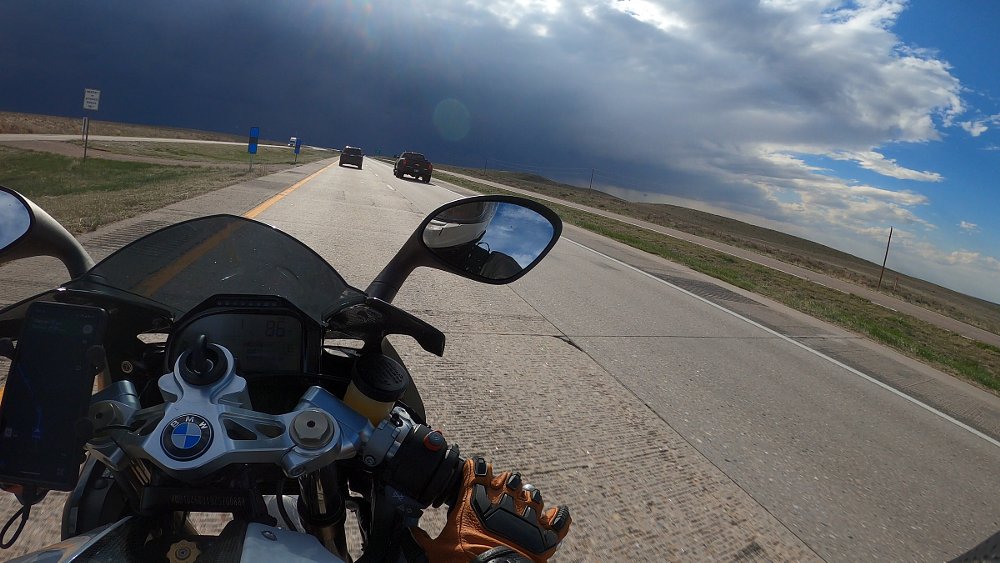
The BMW HP2 Sport
Between the introduction of Euro3 emissions standards in 2006 and Euro4 in 2017, manufacturers came to realize that in the endless quest for More, Bigger, Faster that is the model update cycle consumers expect, continued development of purely air-cooled motors was a dead end. Marketing doublespeak like "Twincooling" and "Wethead" seem to demonstrate a degree of shame on the part of companies that invest so much of their identities in the nebulous idea of "heritage" as their marquee models sprouted radiators.
I fantasize that around this time, somebody in Bavaria had a fever dream of a no-holds-barred swan song to the coolant-free past, an anachronistic vision of an alternate steampunk timeline welding the best of current technology to the apotheosis of Airheads (1923-2010, RIP). I imagine a brawl ensuing between engineers, who wanted to celebrate the bygone era with a song in carbon and billet, and accountants, who knew a tiny production run of handmade exotica would never repay its design budget.
Thankfully for weirdo champions of lost causes such as myself, engineering won. Motorcycling's closest equivalent to a Singer 993 Porsche rolled off a BMW factory line between 2008 and 2010 in the form of 2,259 units of the HP2 Sport, to be spread thinly across all world markets.
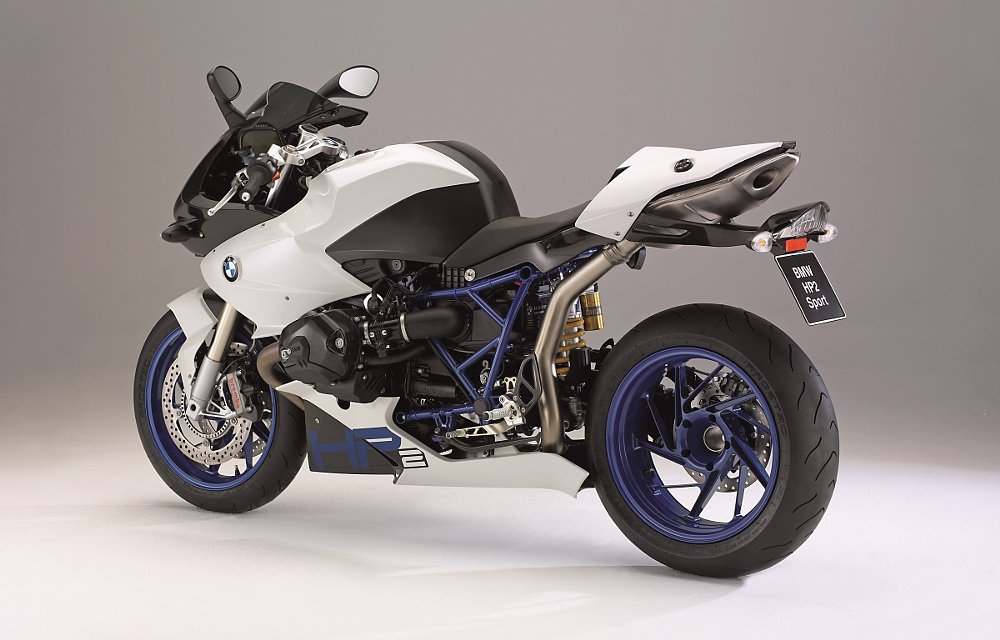
It arrived with carbon monocoque bodywork, race-ready electronics, hand-machined lightening cutouts, and rumors of a 30,000-mile interval for replacing the connecting rods. I have not yet confirmed this, as the user manual's answer to any maintenance task beyond replacing a light bulb is a chiding "Contact an authorized BMW service center." Combined with forged internals and a bespoke valvetrain, the tally comes to something in the region of 130 horsepower and 400 pounds dry, an improvement to the tune of ~25% on both dimensions, compared to the previous pinnacle of Boxer performance, the R 1200 S.
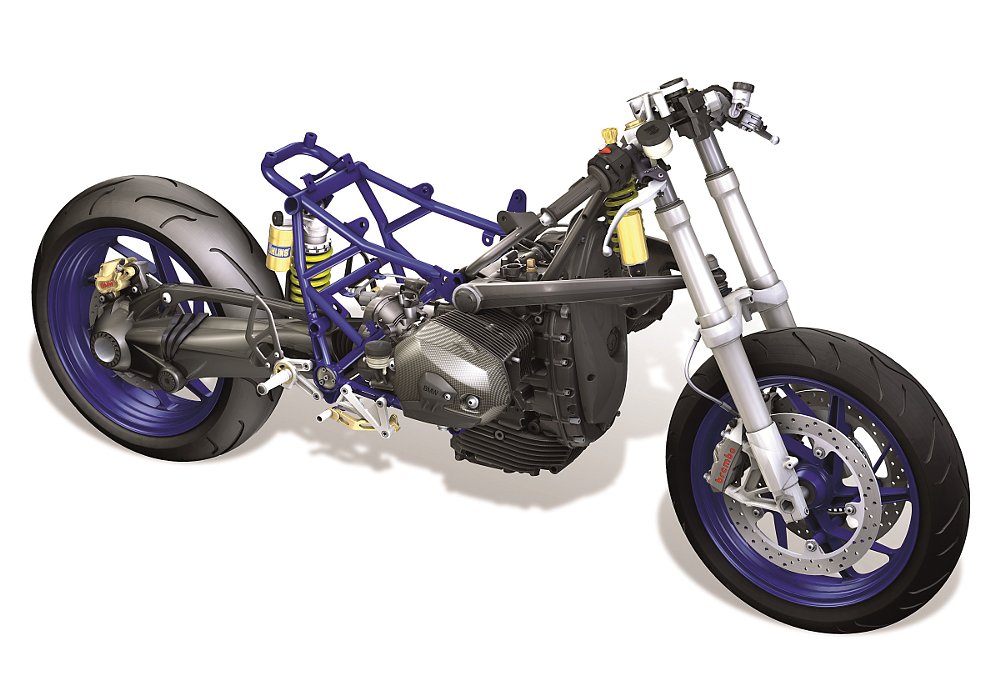
Last year, I began my search to buy one of these antediluvian unicorns, trawling every message board, Subreddit, and rare bike brokerage. Once every couple of months, one would appear, and to my dismay the for-sale ads had certain common characteristics. Cleaner than a transistor factory, original tires, a stack of maintenance records showing regular fluid changes on a bike that covered an average of a few dozen miles a year over its lifetime.
To think, a decade and a half ago, a single mineral oil tear must have trembled in the eye of a grizzled machinist named Franz as this unique example of engineering acumen rolled off the assembly line, much to the chagrin of any BMW employee whose remit was "earn a profit." And here they all sit, elaborate paperweights, entropic, artless and static.
"Even the most perfect reproduction of a work of art is lacking in one element: its presence in time and space, its unique existence at the place where it happens to be." The quote is from Walter Benjamin's "The Work of Art in the Age of Mechanical Reproduction." In that 1935 essay, he analyzes how new modes of artistic production such as the lithograph, film, and audio recording fundamentally altered who could make and consume capital-"A" Art in the spring of the 20th century, and the implication for the definition of art in this new age. He concludes that an original work possesses an "aura," which can never be diluted no matter how ubiquitous or perfect a reproduction.
Sixty years later, Douglas Davis' 1995 paper, "The Work of Art in the Age of Digital Reproduction," sought to examine the new paradigm shift in a world in which the birth of infinite hard drive space and ever expanding bandwidth further eroded the distinction between "original" and "copy." Davis predicted a new age of artistic expression drawing on the unprecedented ability of humanity to copy and remix, chop-and-screw any original work until originality as a concept is called into question. Entirely new works of art constantly take their place in the public mind, only to be supplanted by the next round in a constantly accelerating creative ouroboros.

Now, almost 30 years on (yes, that also makes me feel old), in the twilight of Instagram and ascendancy of TikTok, it may be safe to say that the average person consumes an unprecedented quantity of art on a minute-by-minute basis. Simultaneously, demand for new ways to interact with the world outside a handheld glass rectangle has pushed creators to focus ever more on experiences as art, with travel, dancing, pranks, food, and fitness occupying top slots in the content wars.
What would Walter Benjamin say, and perhaps more to the point, what does this have to do with motorcycles?
To answer that question with a question: Is a motorcycle art? According to the most traditional Western view of that question, fine art consists of things whose sole purpose is aesthetic. Art is useless; useful isn't art. In the world of bikes, what could be more useless than riding for riding's sake? Contorting a human body into knots, burning gallons of fuel, depositing rubber onto asphalt one chicken-strip-forming excursion at a time, chasing the sun across the horizon, just to end up right back where you started. Perhaps motorcycles aren't art, but one could certainly argue that the act of riding is, every adventure an original work that exists solely for the aesthetic edification of you, the rider.
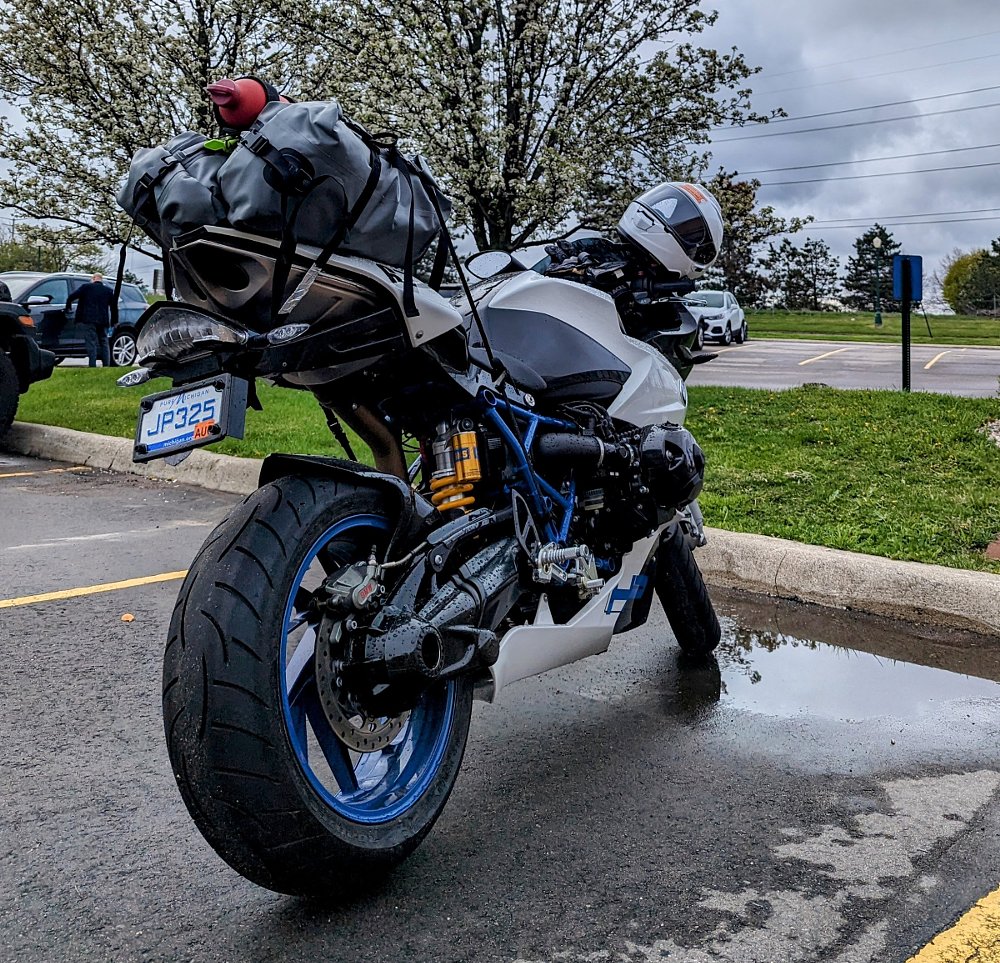
A garage queen no more
On May 1, after a few weeks of nervous back and forth with a stranger on the internet, I boarded a one-way flight to Detroit with a checked bag full of leather and a cashier's check in my pocket. The user manual, under "Stowage," states in direct Teutonic terms: "Do not attempt to transport luggage or similar on the tail section." Sorry, Franz. Unsurprisingly, the primary challenge of the ride was the process of figuring out how to lash a couple dry bags to the tail, which is entirely composed of smooth carbon fiber and nylon-melting exhaust components.
The next two long days, I traversed the Great Plains, despite the fact that every time I've ridden across them my resolution at the end has been "never again." Finally, Colorado, and my opportunity to check off the last couple mountain passes I missed on my previous trip. Last year I headed north into Montana and Idaho, so this year I turned south, to explore the desert. Every day brought a new revelation of heartrending scenery, from the bleak serenity of northwestern Arizona to the alien pillars of Sedona and Zion. I visited the Grand Canyon for the first time, rode for hours along an orange sea of desert wildflowers, and scraped a knee on I-15 down the Virgin River Gorge, which the feds blasted out of the Colorado Plateau at a cost of $75 million per mile, perhaps in response to the question "can an interstate be art?"
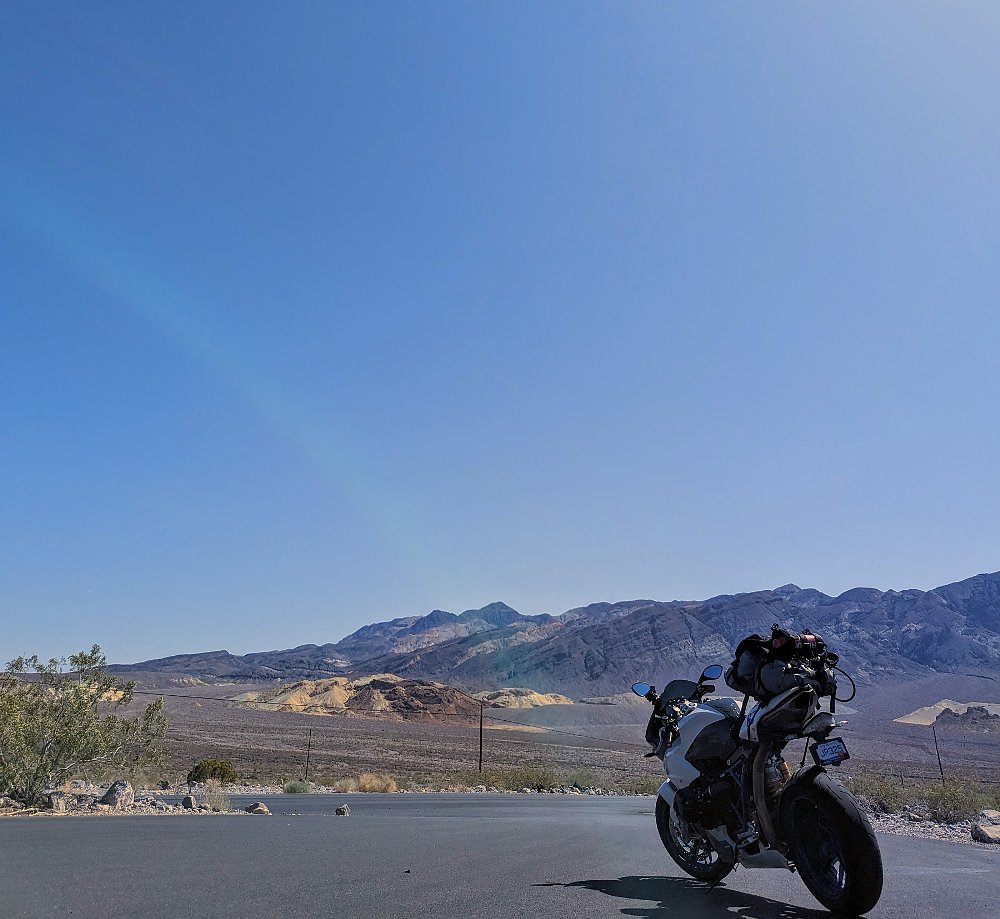
This article is already too long to incorporate a full ride report, and anyway the subject was rare bikes, using versus preserving, and "What is Art," not Iron Butt rides. Whether you want to push the boundaries of innovation, earn billions of dollars, win races, or display a rare objet in a lightbox like a skewered moth, for every single reason one could imagine to manufacture a motorcycle, there is a better way to do it than with something like the HP2.
But for me, the logical extension of that line of thinking is sell the bikes, hang up the helmet, and buy a plane ticket or, if you must drive, a quiet beige something or other with an air-conditioned steering wheel. I can't say I know the right way to live an artful life, but doing something uncomfortable and difficult on "the wrong bike" sure seems like a start.
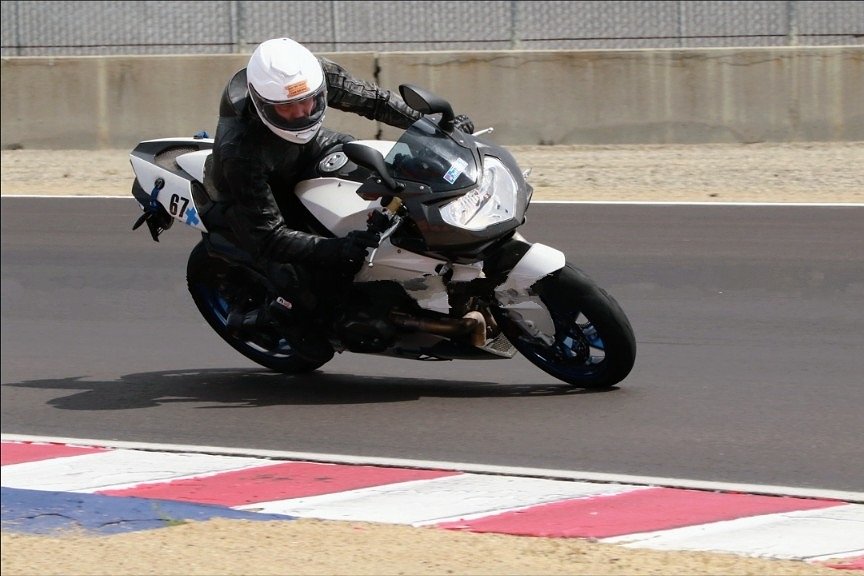
I would like to think that if my HP2 and every other piece of motorized exotica languishing in pampered collections around the world could speak, they would cry out, exhorting their owners in the immortal words of Jack London: "I would rather be ashes than dust! I would rather that my spark should burn out in a brilliant blaze than it should be stifled by dry-rot. I would rather be a superb meteor, every atom of me in magnificent glow, than a sleepy and permanent planet."
Put down that microfiber, pull on those boots, and be the meteor.

 Membership
Membership

